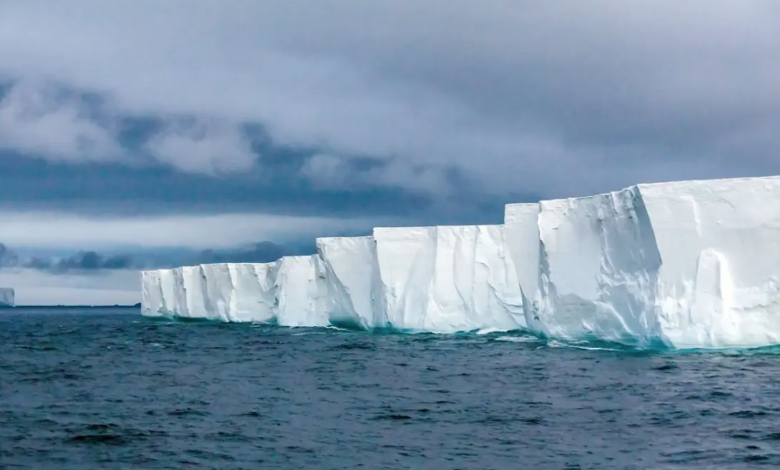Is the collapse of glaciers of Western Antarctica really inevitable?
New satellite imaging analysis of the pace of the collapse of glaciers in Western Antarctica
(sustainabilityenvironment.com) – The collapse of glaciers of Western Antarctica is not inevitable. The factors that can determine it interact in a complex way. And new observations reveal that some of the dynamics that would make that immense mass of ice slide into the sea are actually slowing down.
The total and unstoppable loss of the most unstable part of the South Pole glacial shield today is one of the most feared and even closer tipping points. If the part of ice suspended on the sea melted at an accelerated rate and was no longer able to hold the icy tongues on the mainland, a volume of ice would end up in the water to raise the seas around the Planet by at least 3 meters. The whole process would still not be immediate because it would last for centuries. But it would upset the Planet and force man to additional adaptation efforts.
According to a study by the Potsdam Institute published last September, the collapse of the glaciers of western Antarctica would be a point of no return triggered already by global warming of 1.5°C. The value that today is now virtually impossible to avoid, as explained in Assessment Report 6 of the Intergovernmental Panel on Climate Change published between 2021 and 2022.
Assessments that make fear the worst to the scientific community, attentive in particular to the fate of two glaciers such as Thwaites and Pine Island. The first has a size of 600 x 120 km. Alone, it already contributes 4% to the global sea rise. Pine Island, warned a study of 2021, since 2017 has increased the rate of slipping towards the sea by 12%.
Rethinking the collapse of glaciers in Western Antarctica
A new study, recently published in Nature Communications, goes against the more accredited version of the Western Antarctic glacier collapse. Researchers at the University of Edinburgh have analysed the rate at which terrestrial glaciers retreat and with which the part of the shield in the sea merges, based on satellite surveys, between 2003 and 2015. While in some regions you actually see an acceleration, in others – like the Amundsen Sea – there is a slowdown. Which the authors attribute to the interaction between glacial shield and changes in sea temperatures caused by winds. Their intensity and direction, varying, makes flow of warmer or colder water towards the ice sheet.
But it is not clear how global warming can affect -and whether the influence is unambiguous- the behavior of these winds. Therefore, before considering the gradual but irrepressible detachment of Western Antarctica inevitable, a more precise knowledge of these dynamics and their interaction would be necessary.






